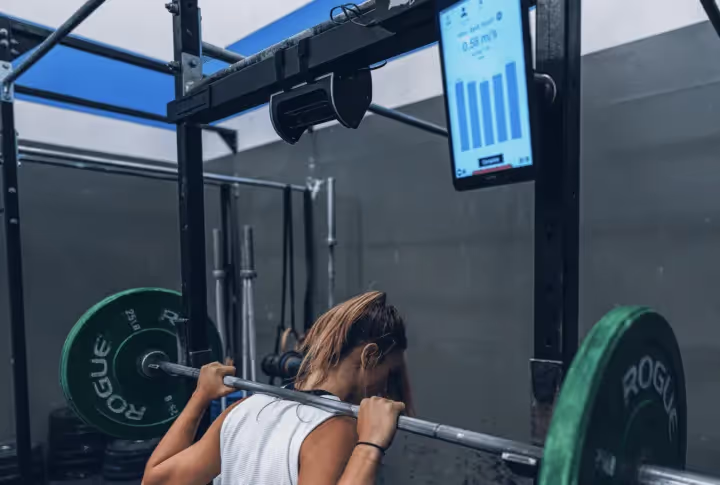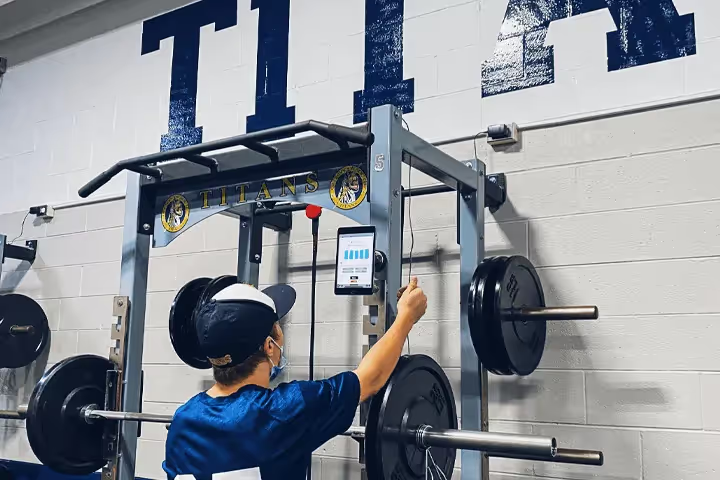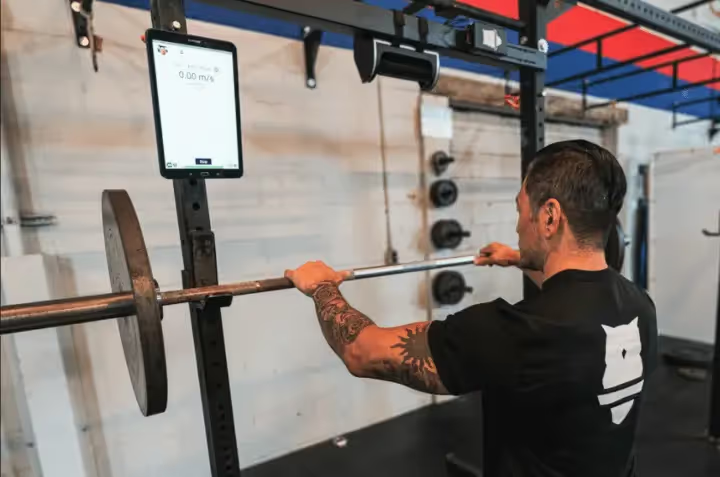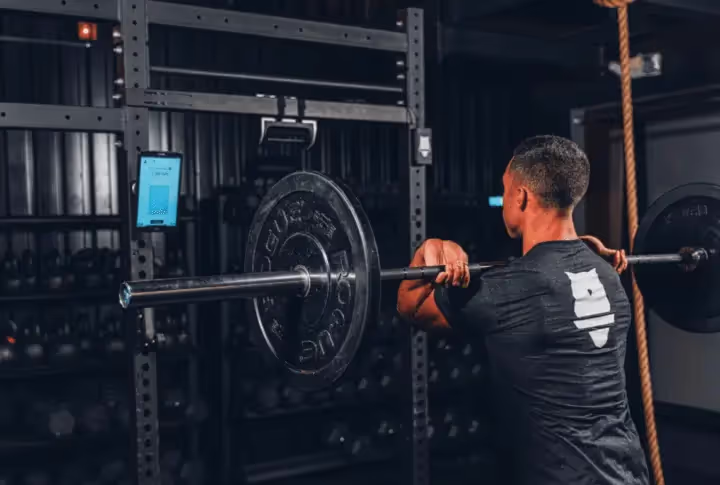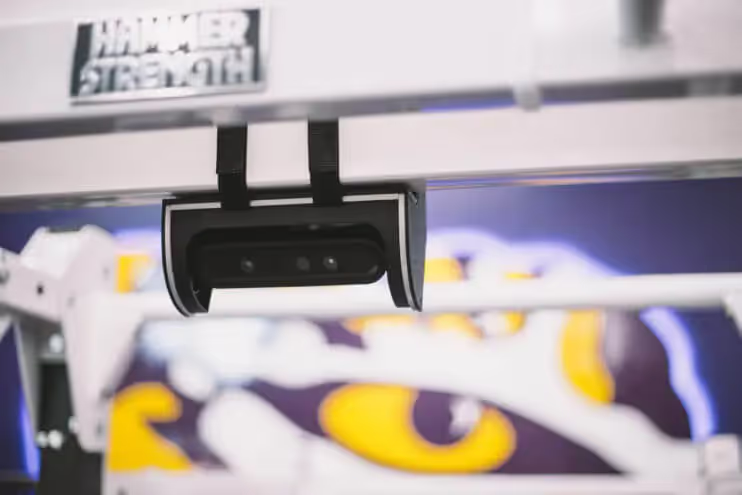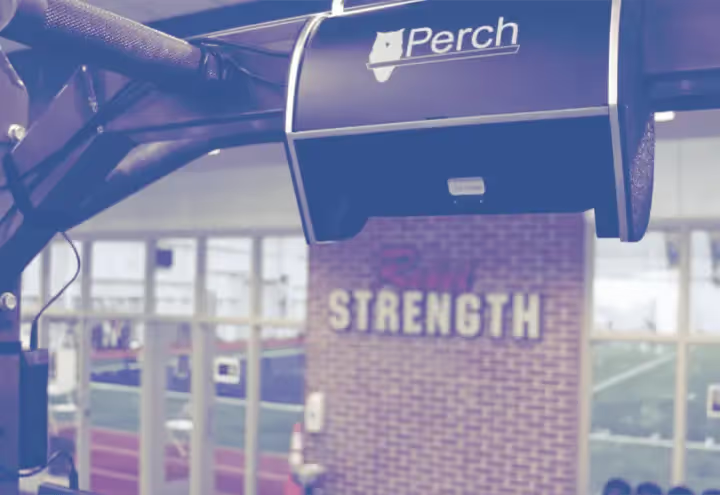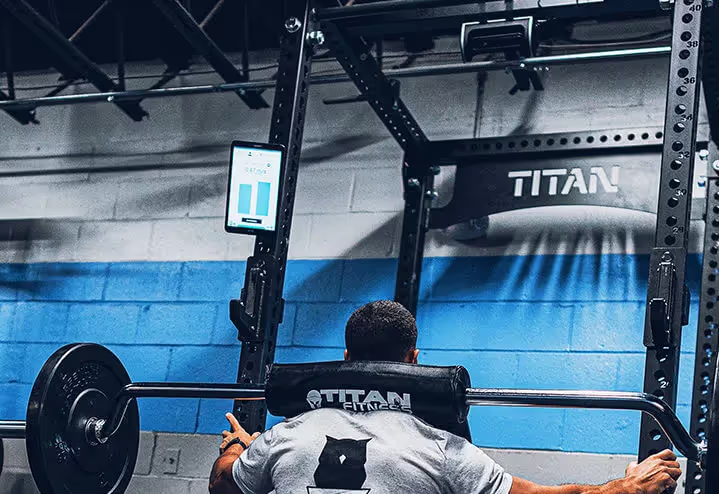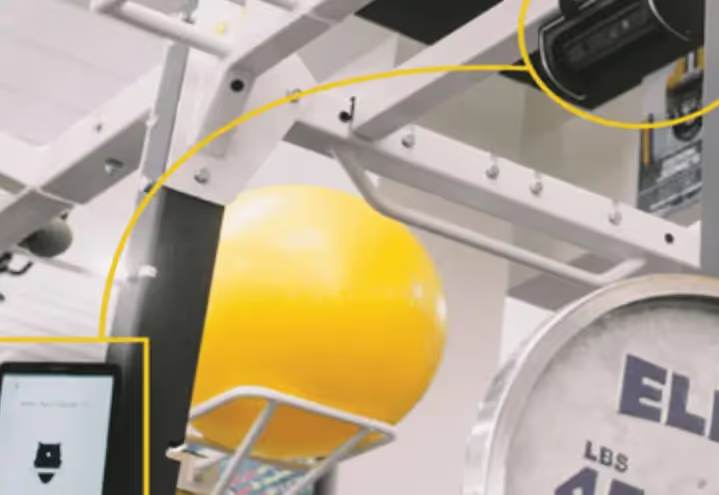How Real-Time Feedback Enhances Athlete Training

How Real-Time Feedback Enhances Athlete Training
Introduction
Imagine being able to adjust an athlete’s workout in real-time based on their performance at that moment. Real-time feedback makes this possible, and it’s revolutionizing how coaches approach strength training. In this post, we’ll dive into the key benefits of real-time feedback, provide examples of how it has transformed training for teams, and offer actionable steps for integrating this approach into your program.
Why Real-Time Feedback Matters
The foundation of athletic performance lies in continuous improvement. Real-time feedback accelerates this process by providing immediate data that informs both athletes and coaches during training sessions. Here's a closer look at how real-time performance feedback improves outcomes:
- Immediate Adjustments: Coaches can make on-the-spot corrections related to form, intensity, and technique. If an athlete's bar speed drops below the target velocity, for example, adjustments can be made to either reduce the load or provide rest to prevent fatigue from impairing performance.
- Injury Prevention: Fatigue indicators such as slower movement velocity or inconsistent form are early warning signs of potential injury. Monitoring these metrics in real time allows coaches to intervene before athletes push beyond safe limits.
- Improved Motivation: Athletes thrive on instant gratification and competition. Real-time feedback systems create gamified environments where athletes can see their performance metrics displayed live, encouraging them to push harder to meet goals.
Tools for Implementing Real-Time Feedback
There are several technologies available to integrate real-time feedback into athletic training, including wearable devices, sensor-based platforms, and camera-based systems like Perch. Each has its own advantages and limitations:
- Heart rate monitors and other wearables: Often used to measure heart rate, movement speed, and muscle activity, wearables provide valuable insights but can be intrusive or uncomfortable during workouts.
- Force Plates: Force plates and motion sensors to track variables like ground reaction force, jump height, and acceleration. While highly accurate, sensor platforms can be costly and require specialized setup.
- Camera-Based Systems (e.g., Perch): Perch offers a non-invasive solution by using cameras mounted on weight racks to track bar speed and athlete movement. This technology provides real-time data without interfering with the athlete's natural movements.
Metrics to Monitor with Real-Time Feedback
Real-time feedback systems typically measure a variety of performance metrics. Understanding these metrics allows coaches to tailor training programs for maximum efficiency and effectiveness:
- Velocity: Measures how fast an athlete moves a load. Maintaining target velocity ranges ensures that athletes are training in the appropriate strength or power zone.
- Example: Power training typically requires bar speeds between 0.8 and 1.2 m/s.
- Fatigue Index: Tracks how much an athlete's performance declines over the course of a session. High fatigue levels may indicate insufficient recovery or excessive training intensity.
- Readiness Score: Combines multiple data points such as sleep quality, heart rate variability (HRV), and performance metrics to assess whether an athlete is prepared for high-intensity training.
- Technique Consistency: Real-time feedback can alert coaches to deviations in form, allowing for immediate corrections that prevent injury.
Benefits Beyond Performance
Real-time feedback is not only about improving strength and speed. It also supports long-term athlete development by fostering a culture of accountability and continuous learning.
- Data-Driven Decision Making: Coaches can use historical data from real-time systems to identify trends and optimize periodization plans.
- Enhanced Communication: Athletes and coaches can review performance data together, creating opportunities for collaborative goal-setting and strategy adjustments.
- Mental Engagement: Real-time feedback keeps athletes mentally engaged by offering instant rewards for effort, reducing boredom and improving focus.
How to Integrate Real-Time Feedback into Your Program
Ready to implement real-time feedback in your training regimen? Here are actionable steps to get started:
- Select the Right Technology: Assess your facility's needs and budget to choose a system that fits your athletes' training style. Non-intrusive solutions like Perch are ideal for environments where maintaining natural movement is crucial.
- Establish Baseline Metrics: Before introducing real-time monitoring, conduct assessments to establish each athlete's baseline performance. This data will help track improvements and tailor training programs.
- Train Coaches and Athletes: Educate your coaching staff and athletes on how to interpret and use the feedback data effectively. Regular review sessions can help reinforce proper technique and training goals.
- Monitor and Adjust: Use the feedback data to continuously adjust training variables such as load, rest intervals, and exercise selection. This dynamic approach ensures athletes remain in their optimal training zones.
Conclusion
By leveraging real-time feedback, you can empower athletes to perform at their peak while minimizing risks. Implementing tools like Perch can revolutionize your approach to athlete development by providing instant insights that drive better training outcomes. With the right system in place, you can make data-driven decisions that enhance both performance and safety.
Schedule a demo with Perch today!
Sources:
Weakley, J. J., & Wilson, K. (2019). "The Application of Velocity-Based Training: A Review." Strength & Conditioning Journal.Key
Kellmann, M. (2010). "Preventing Overtraining in Athletes: Real-Time Monitoring." Journal of Athletic Enhancement.
Faigenbaum, A. D., & Myer, G. D. (2010). "Strength Training for Young Athletes." Journal of Strength & Conditioning Research.

Start Gathering Data With Perch Today!
Reach out to us to speak with a representative and get started using Perch in your facility.

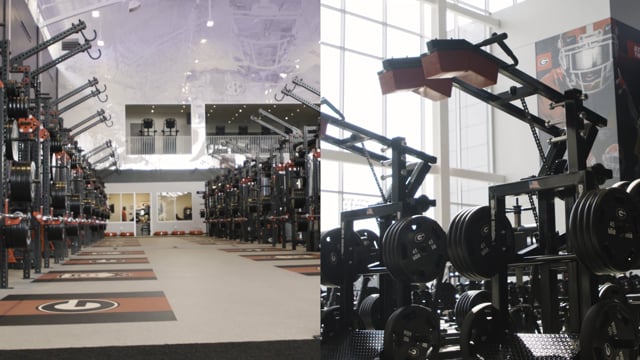
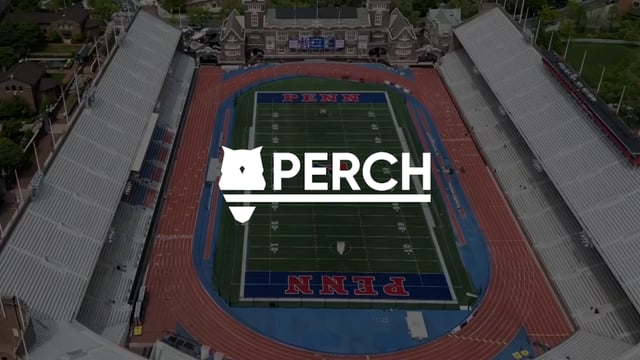


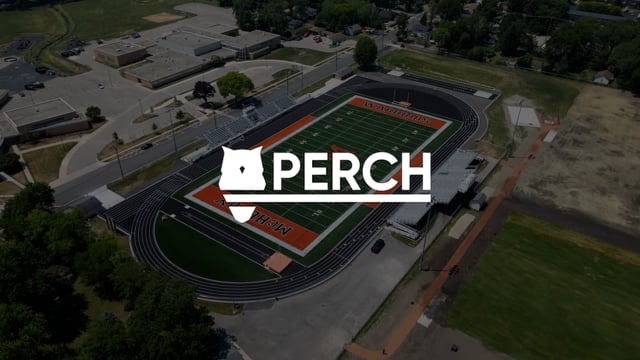
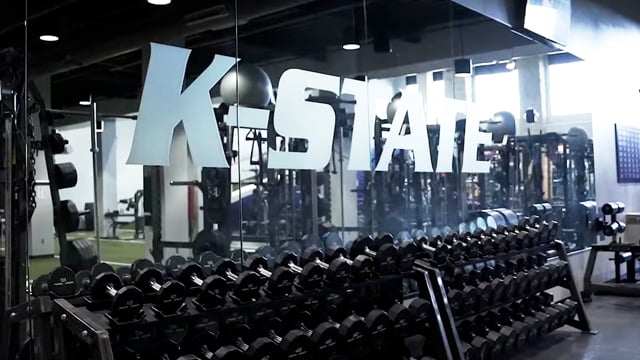


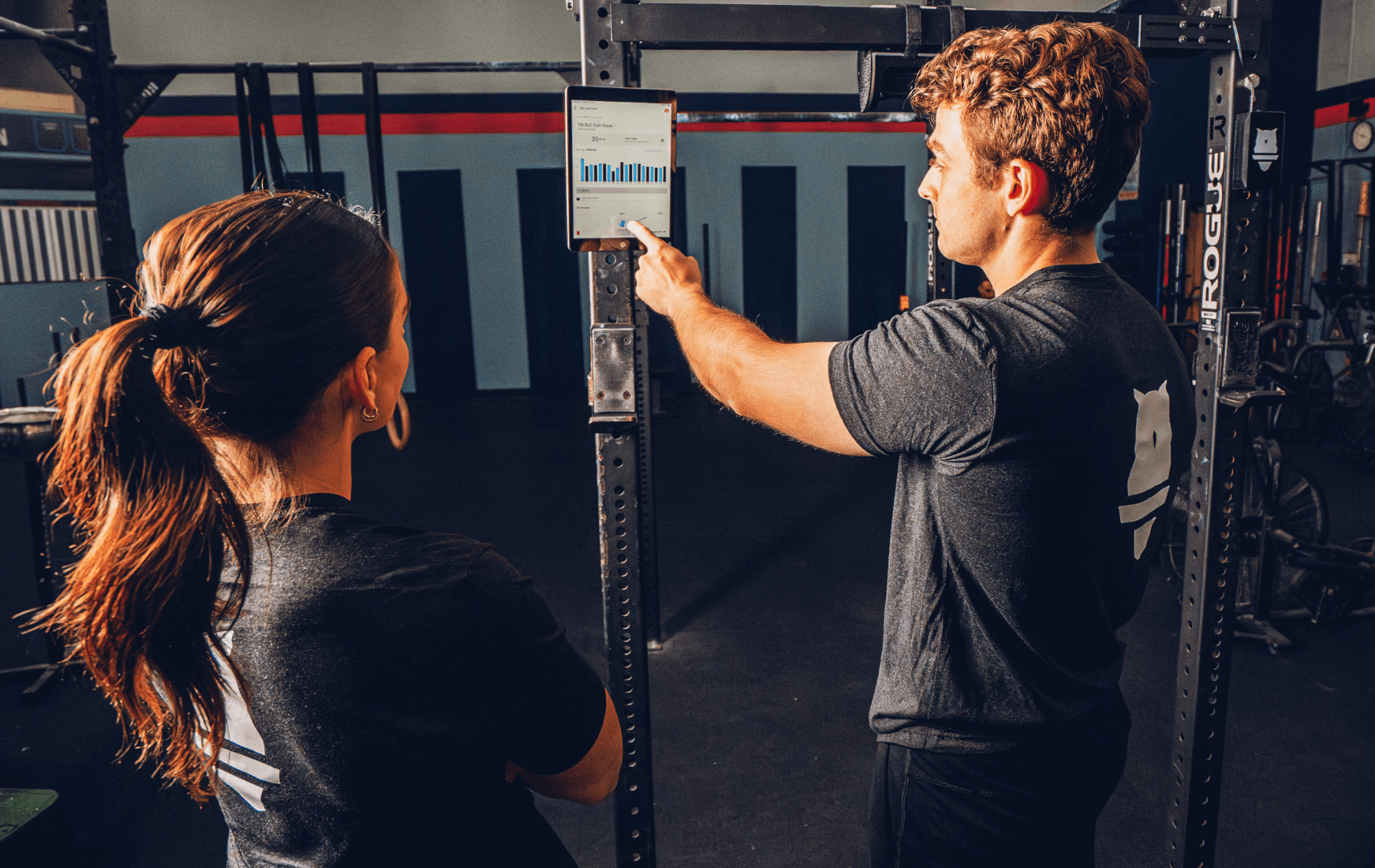
























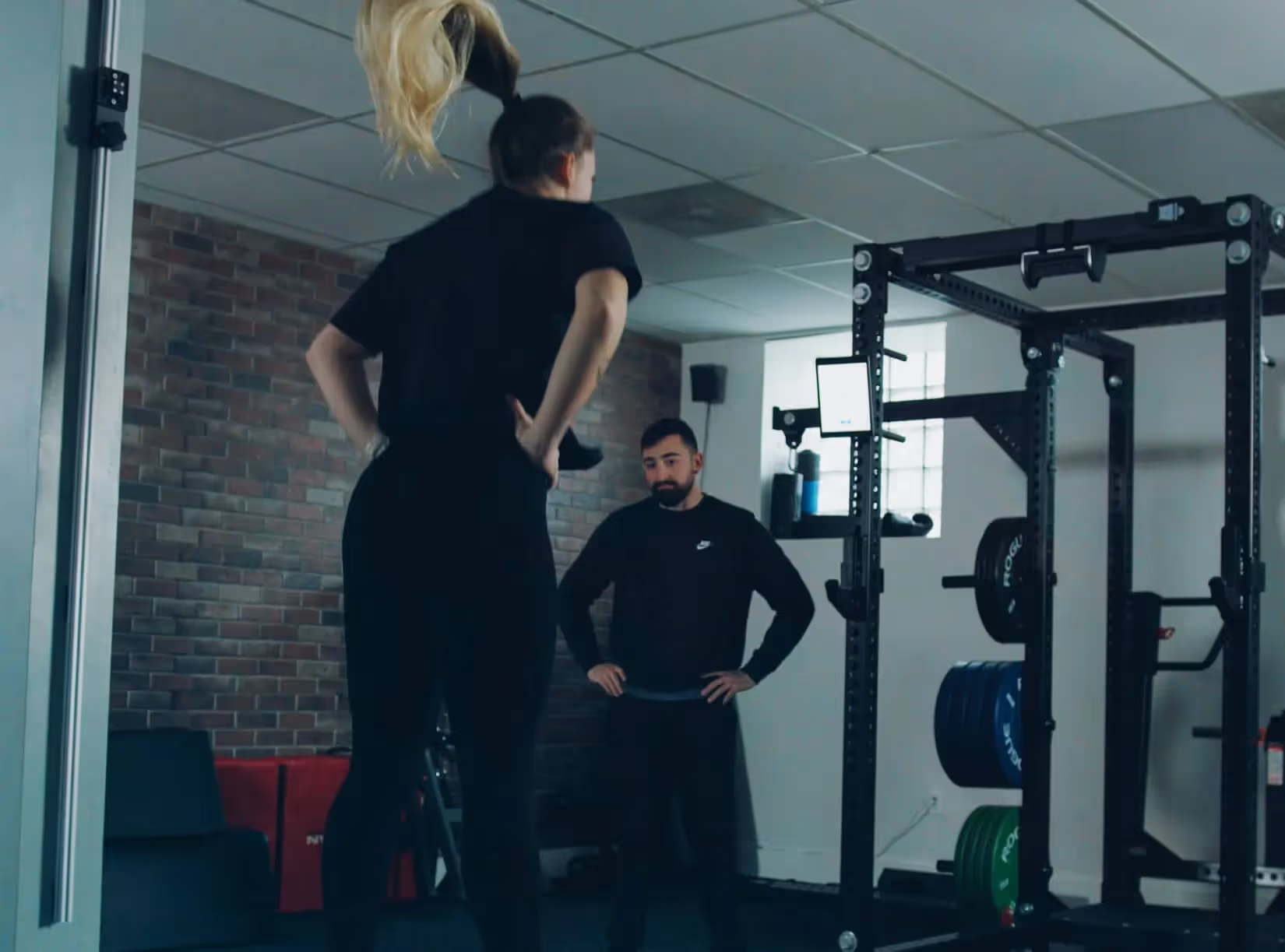






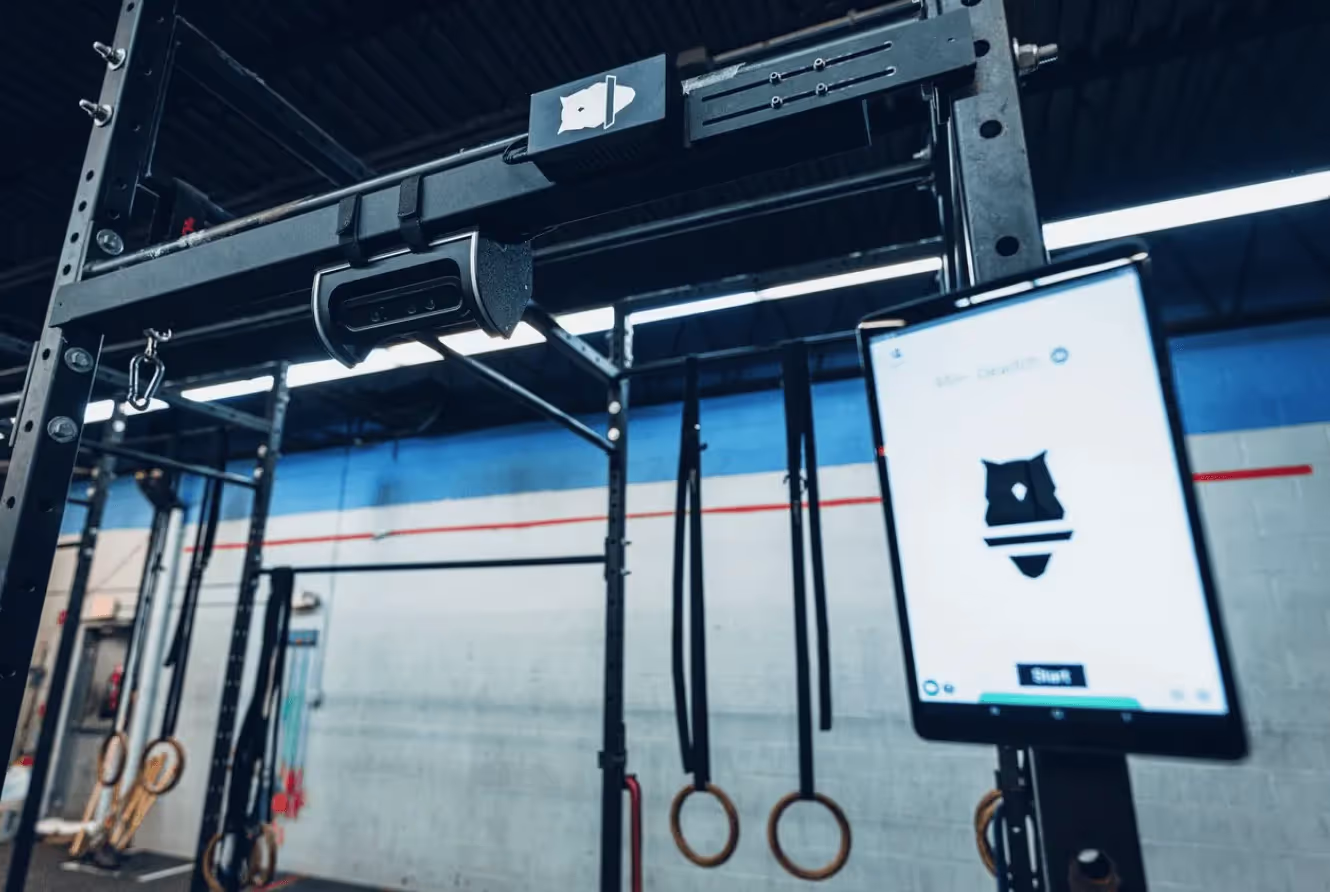
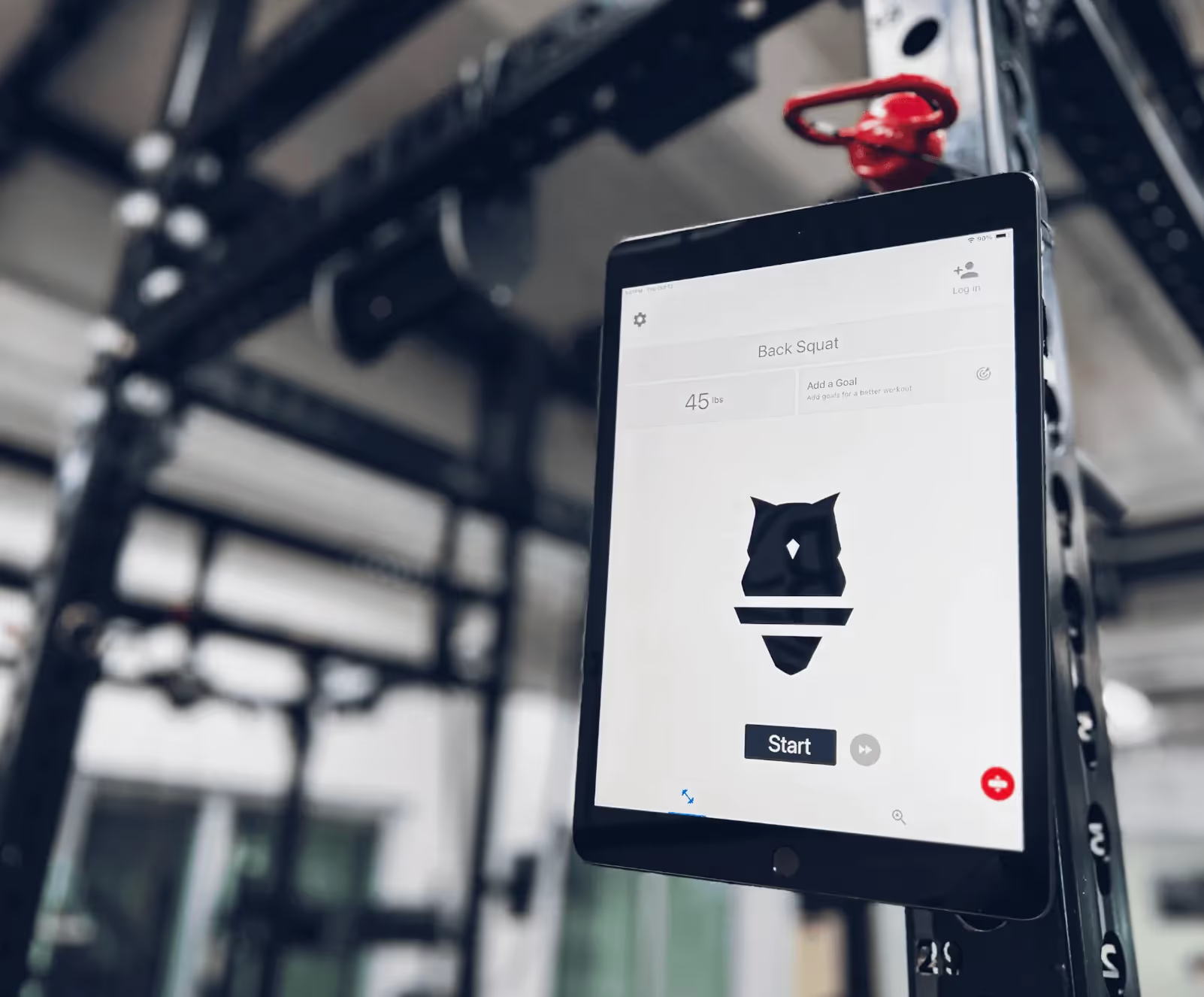



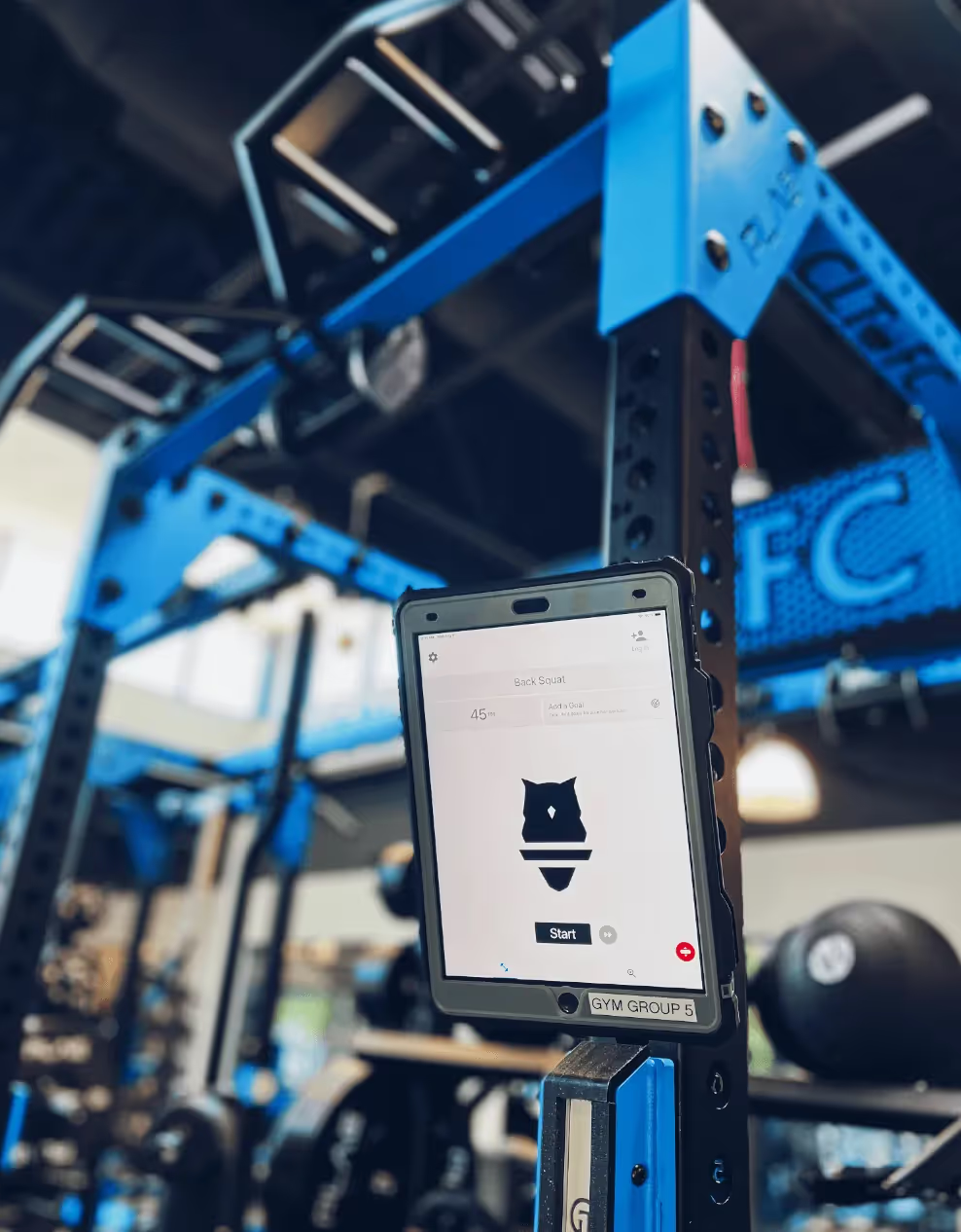
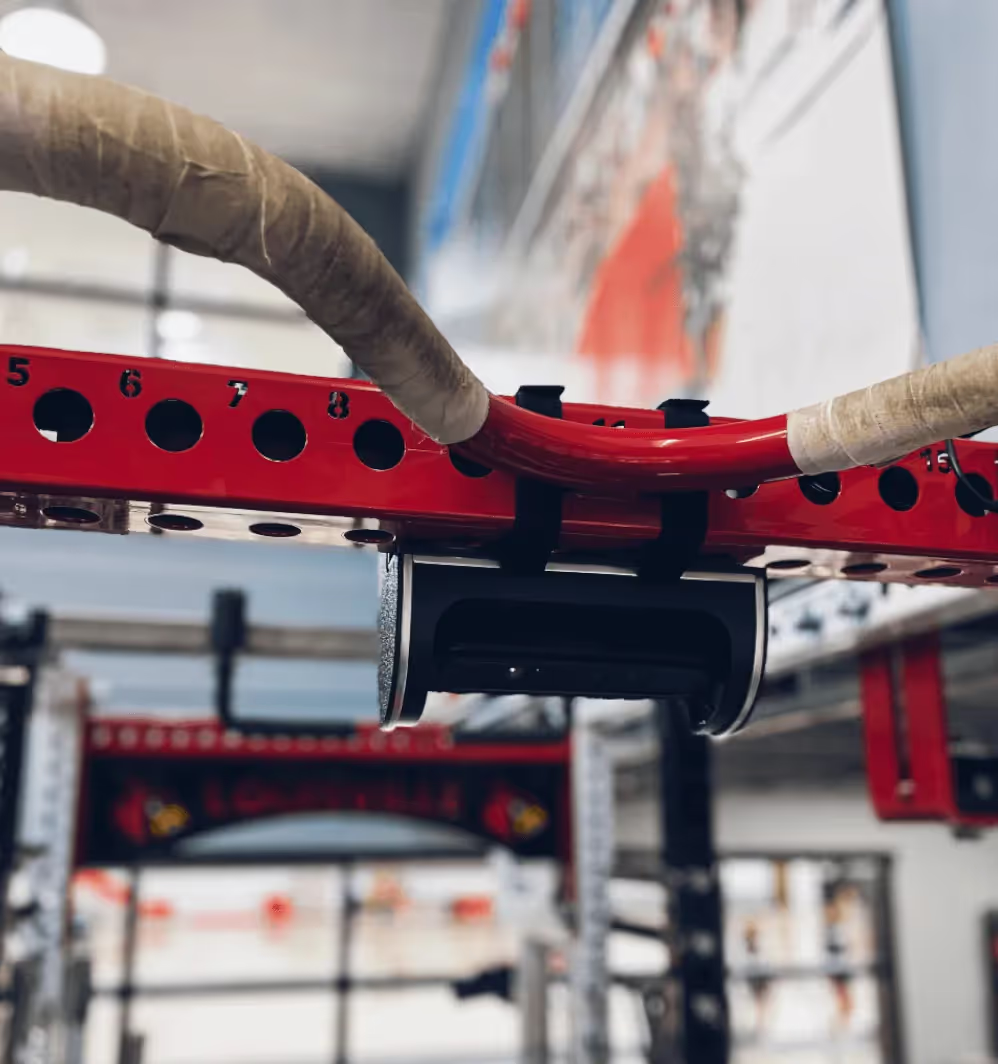









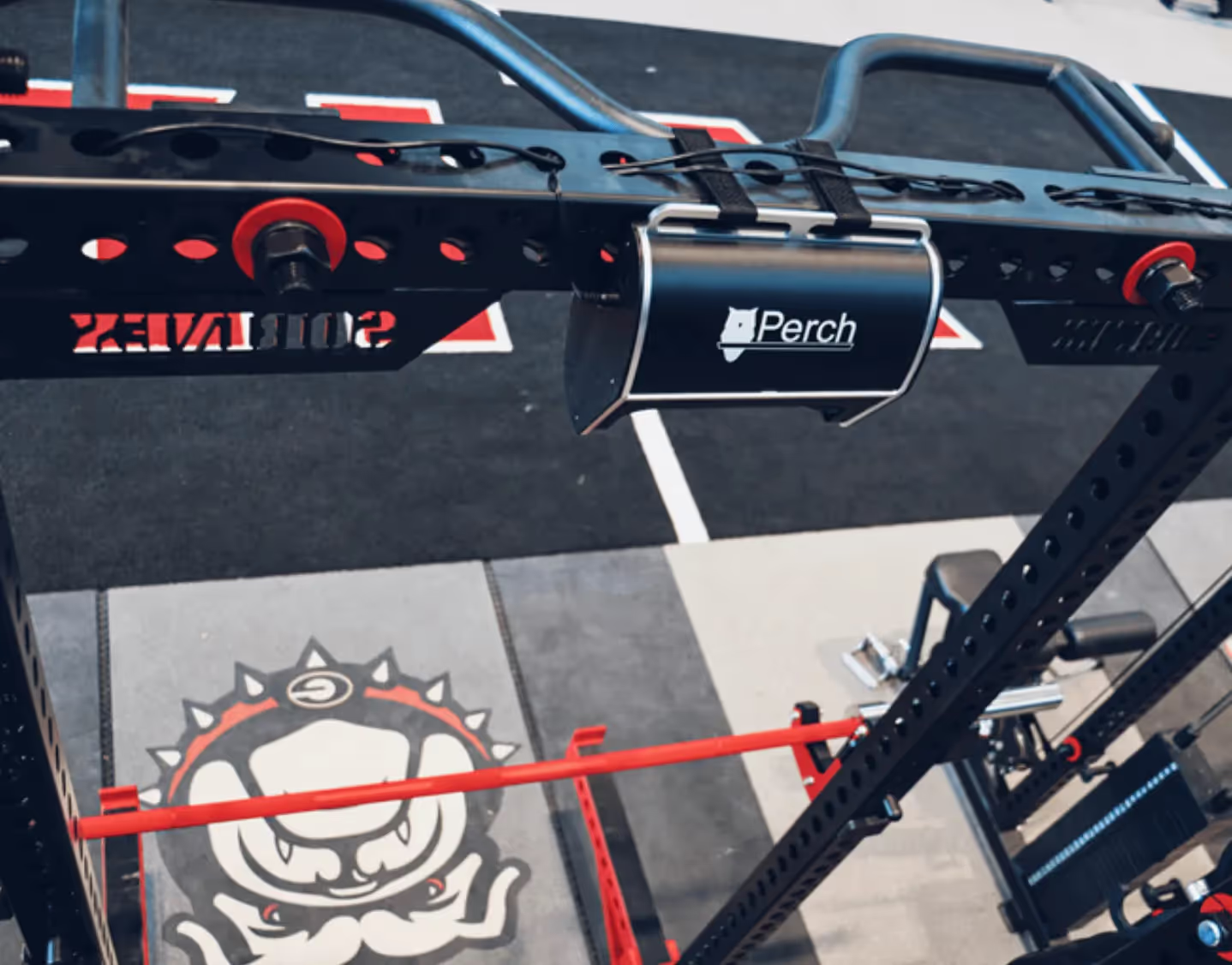


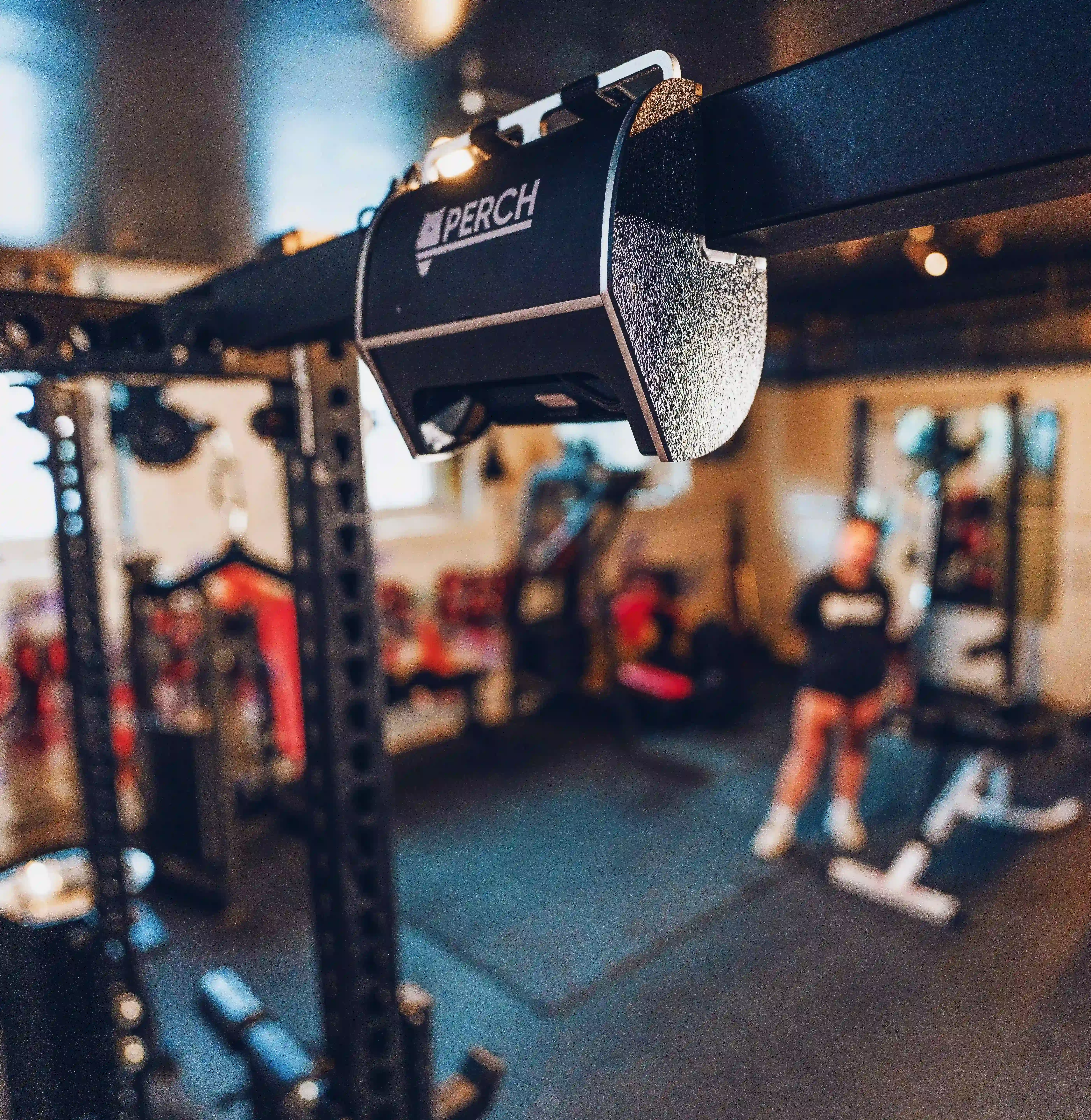
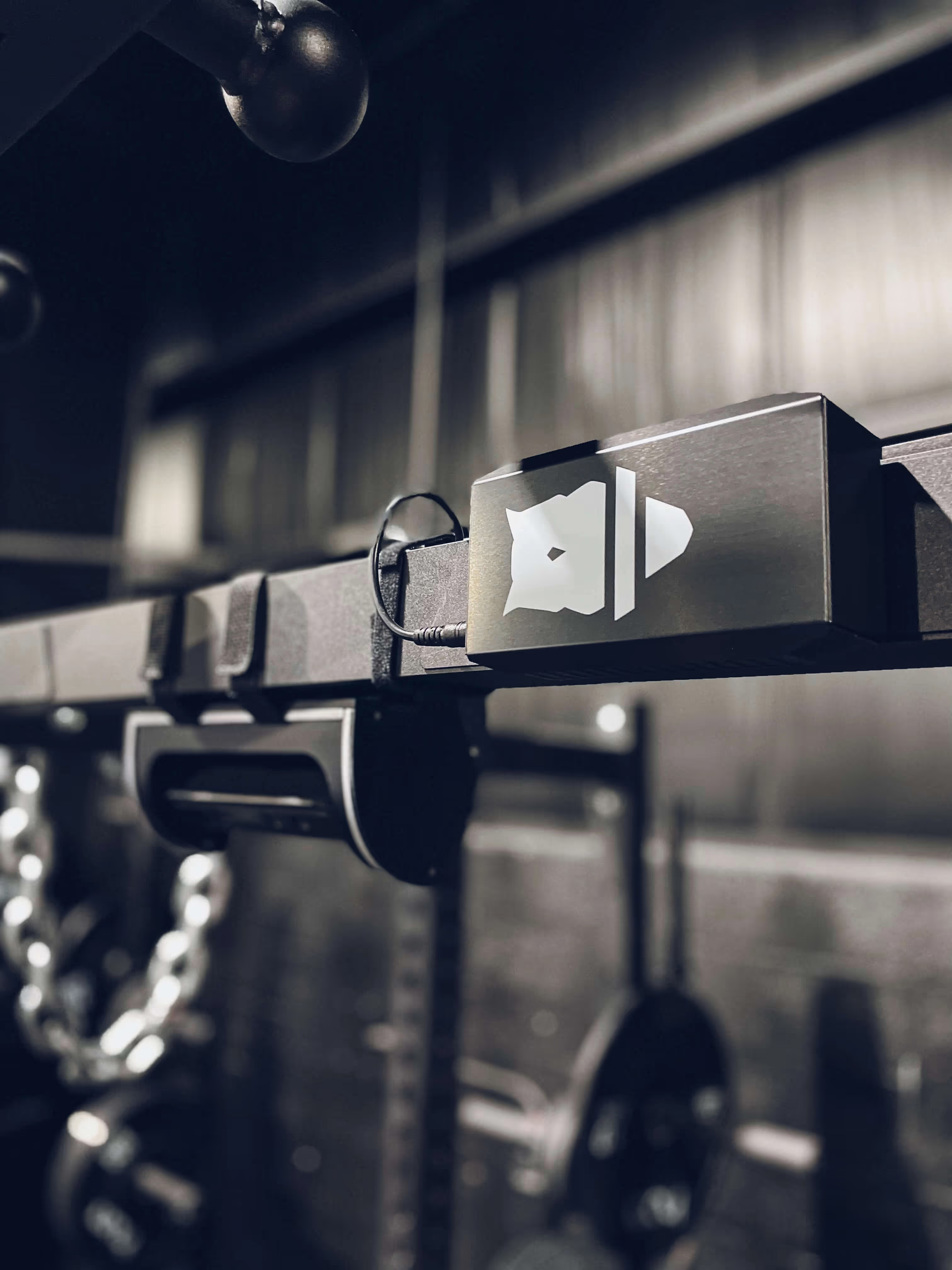

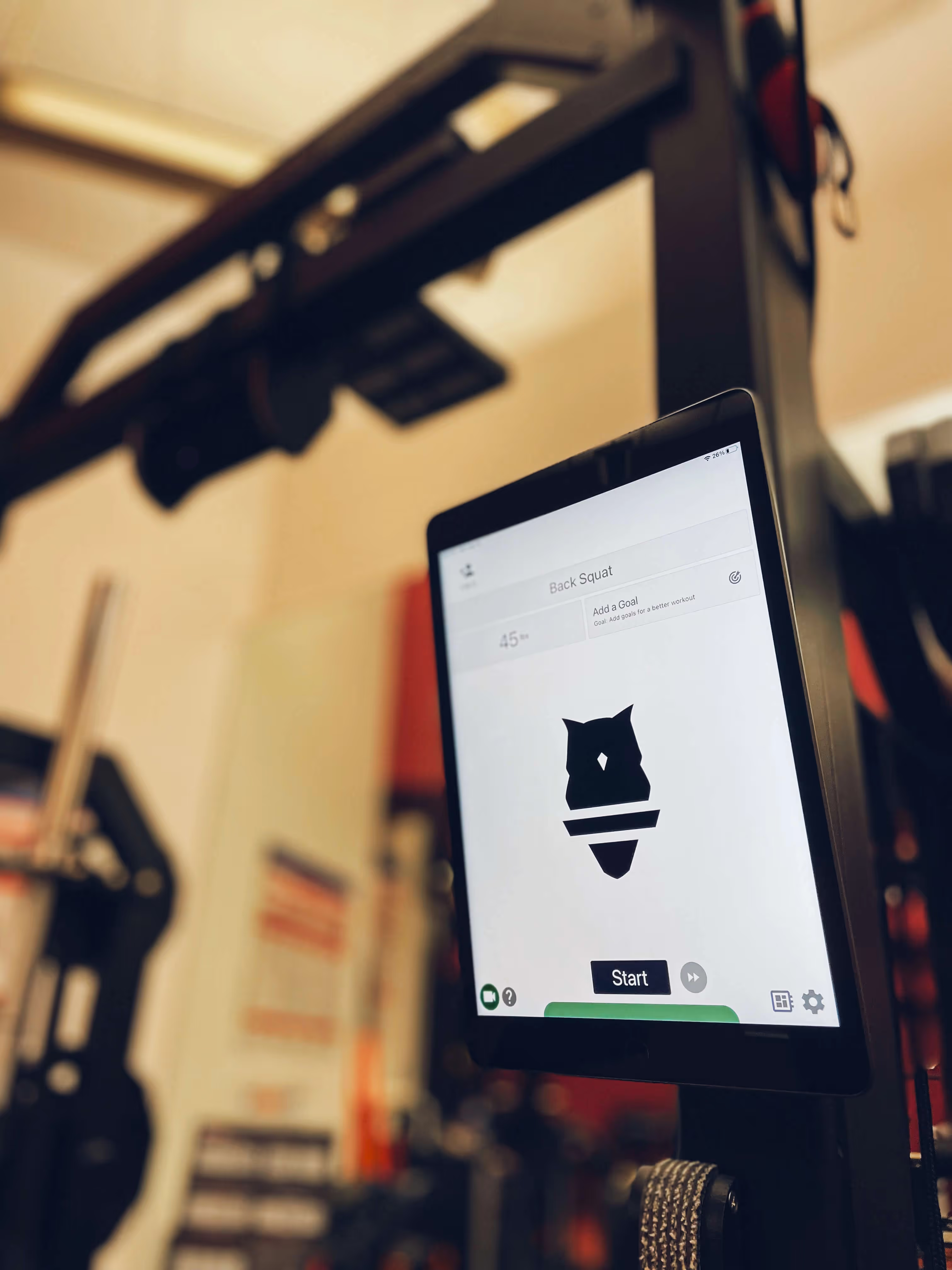

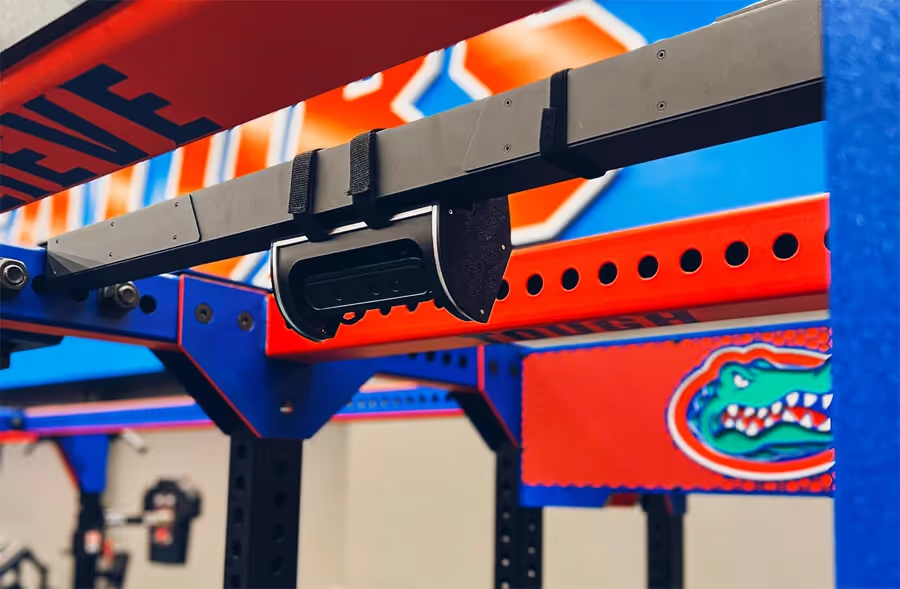
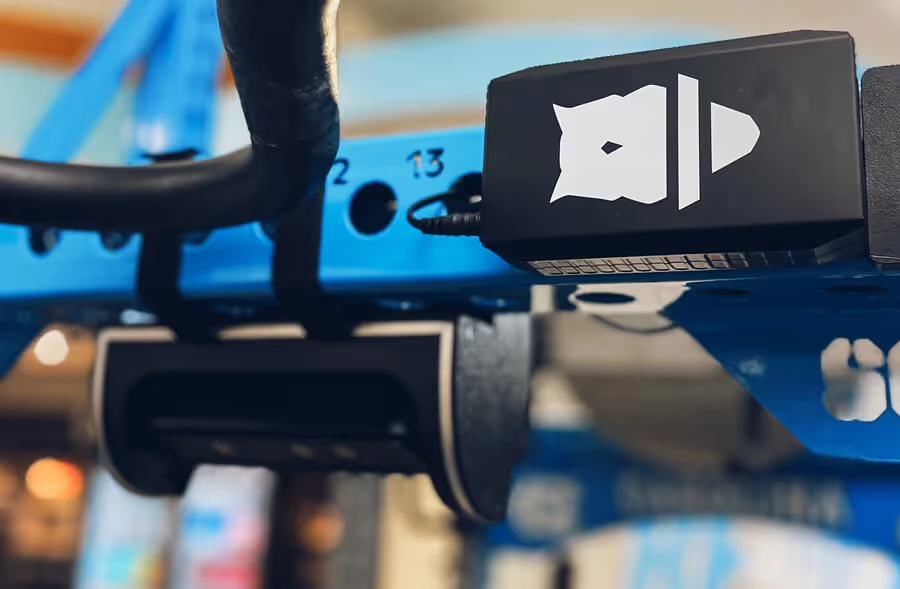
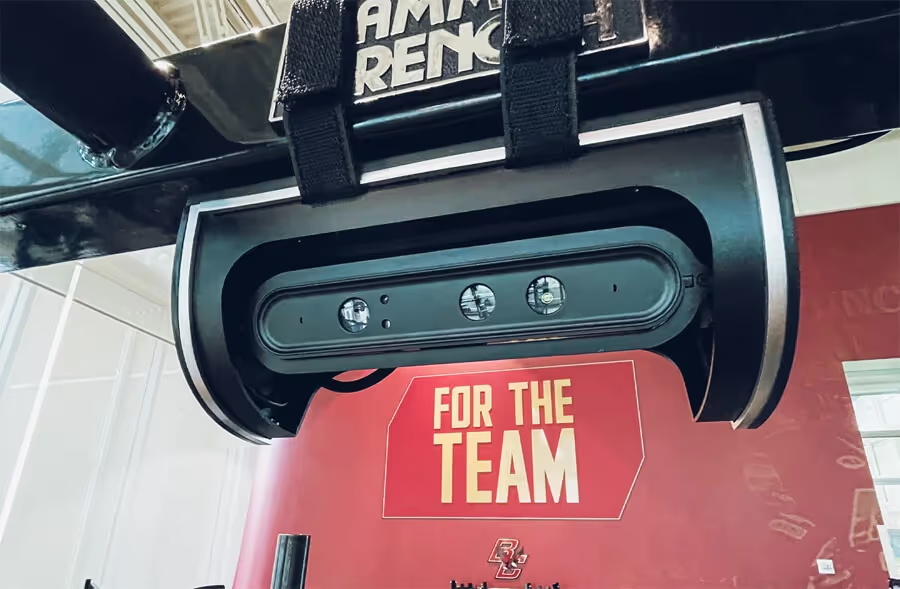
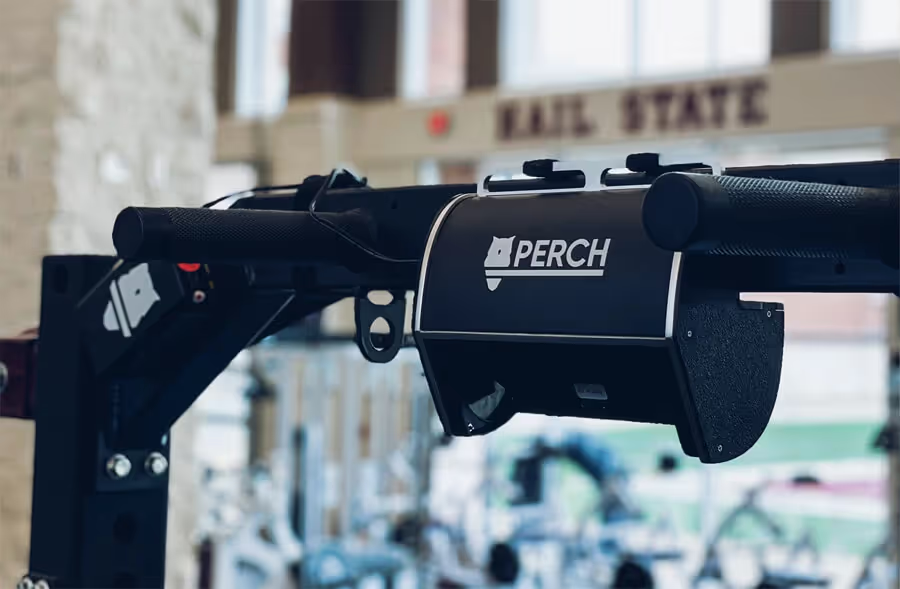



.avif)

